If your car's headlights accumulate moisture, it can be a problem that eventually causes damage. If you're wondering how you can best remove this moisture, we can help. We researched headlight maintenance using several professional sources, so you'll know how to do this safely.
You can remove the moisture from your headlight in one of several ways. Most of them will not require you to open it at all. These include:
- Using a hair dryer
- Blowing compressed air
- Silica gel packets
- Allowing time for it to evaporate on its own
Now that we know methods to remove moisture, we'll look at each one in detail. You might question why headlights get condensation, or if drilling holes in the headlight base is a good way to get rid of moisture. For answers to these questions and more, read ahead.
![A foggy headlight with condensation in a modern car, How To Remove Moisture From Car Headlight [Inc. Without Opening]](https://vehq.com/wp-content/uploads/2022/07/How-To-Remove-Moisture-From-Car-Headlight-Inc.-Without-Opening.png)
Methods to Remove Headlight Moisture, With and Without Opening the Casing
Maybe this is the first time this has happened to you. Or, perhaps your headlights are regularly filled with condensation and you are finally willing to do something about it.
Either way, you'll see that the following methods we listed are tried and true ways to remove headlight moisture safely.
Some of these methods will not require the removal of the headlight. These are methods that are recommended, as they work just as well and require a lot less effort on your part.
Using a Hair Dryer
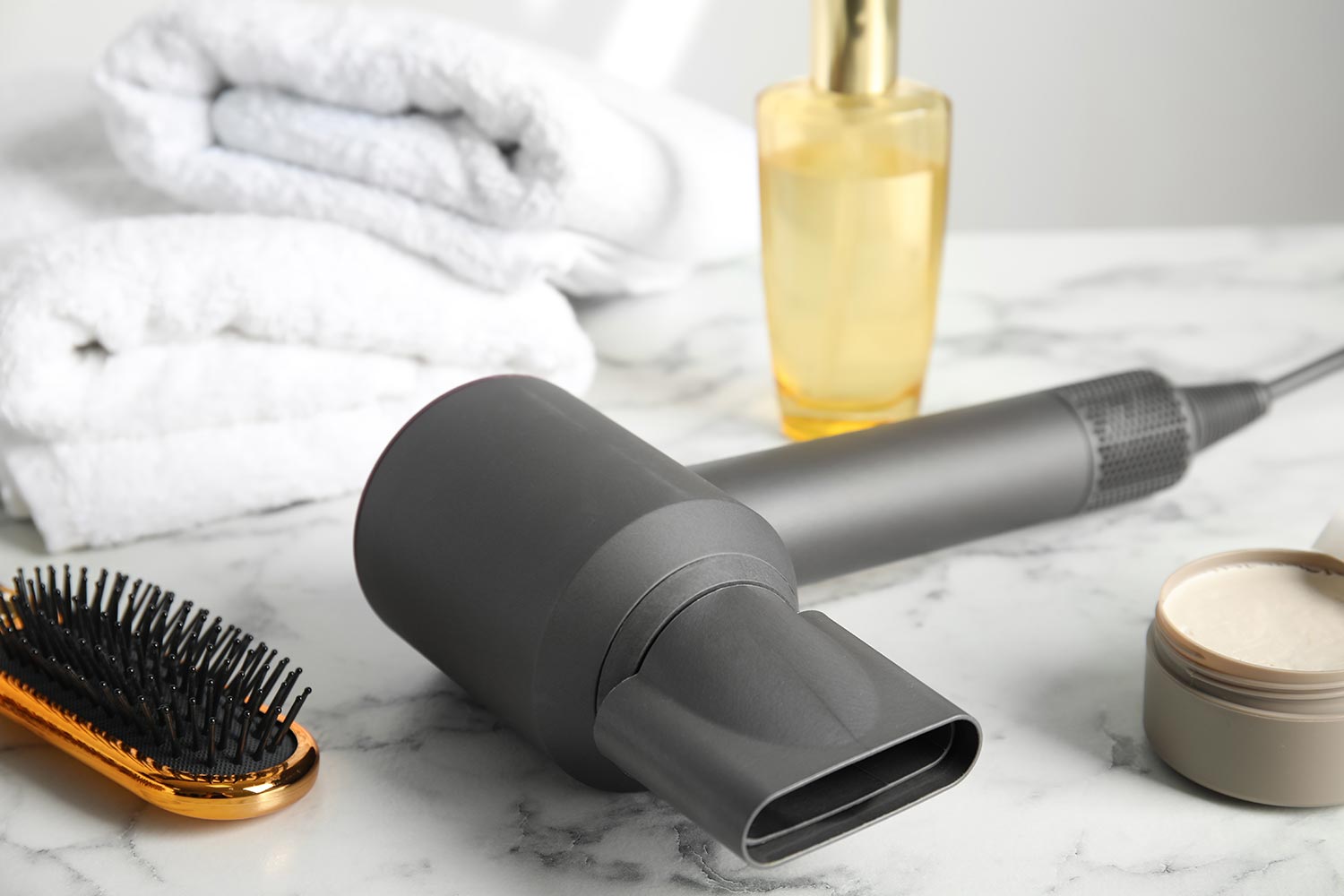
The hair dryer method is one of the simplest that we researched. This method to remove moisture will only require a hair dryer and a long enough extension cord so it will reach. The best news is that you don't even need to remove the headlight.
Put your hair dryer on the "low" setting. Point it at the front of the headlight. The heat from your dryer will slowly make the moisture inside evaporate. Activate the dryer for several minutes, then shut it off and wait a minute. Repeat until the condensation evaporates.
The alternative is to find the ducts leading into your headlight. These ducts allow moisture to escape, although sometimes they do not do it quickly enough. Aim the dryer at the ducts, and it will have the same effect as aiming it at the front of the lamp.
Blowing Compressed Air
The ducts that allow moisture to escape from your headlights can become clogged on occasion. This will keep the moisture from leaving your headlight timely. If the clogs are bad enough, the moisture can stay trapped.
You can use an air compressor to unclog the headlight ducts. Carefully aim the end of the hose at the duct. Do so at an angle.
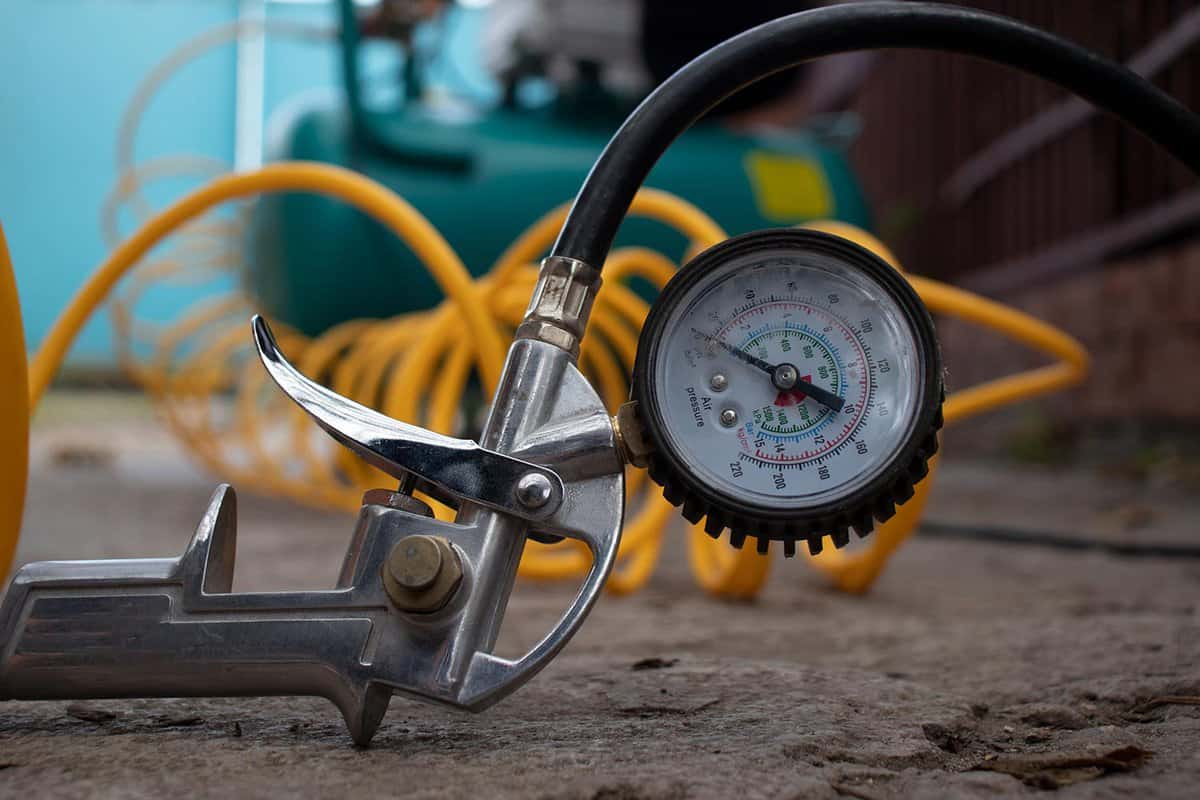
You do not want to blow whatever is clogging the duct into the headlight casing. Blowing the air at an angle will help prevent this. Like the hair dryer method, this will not require removing the headlight.
Silica Gel Packets
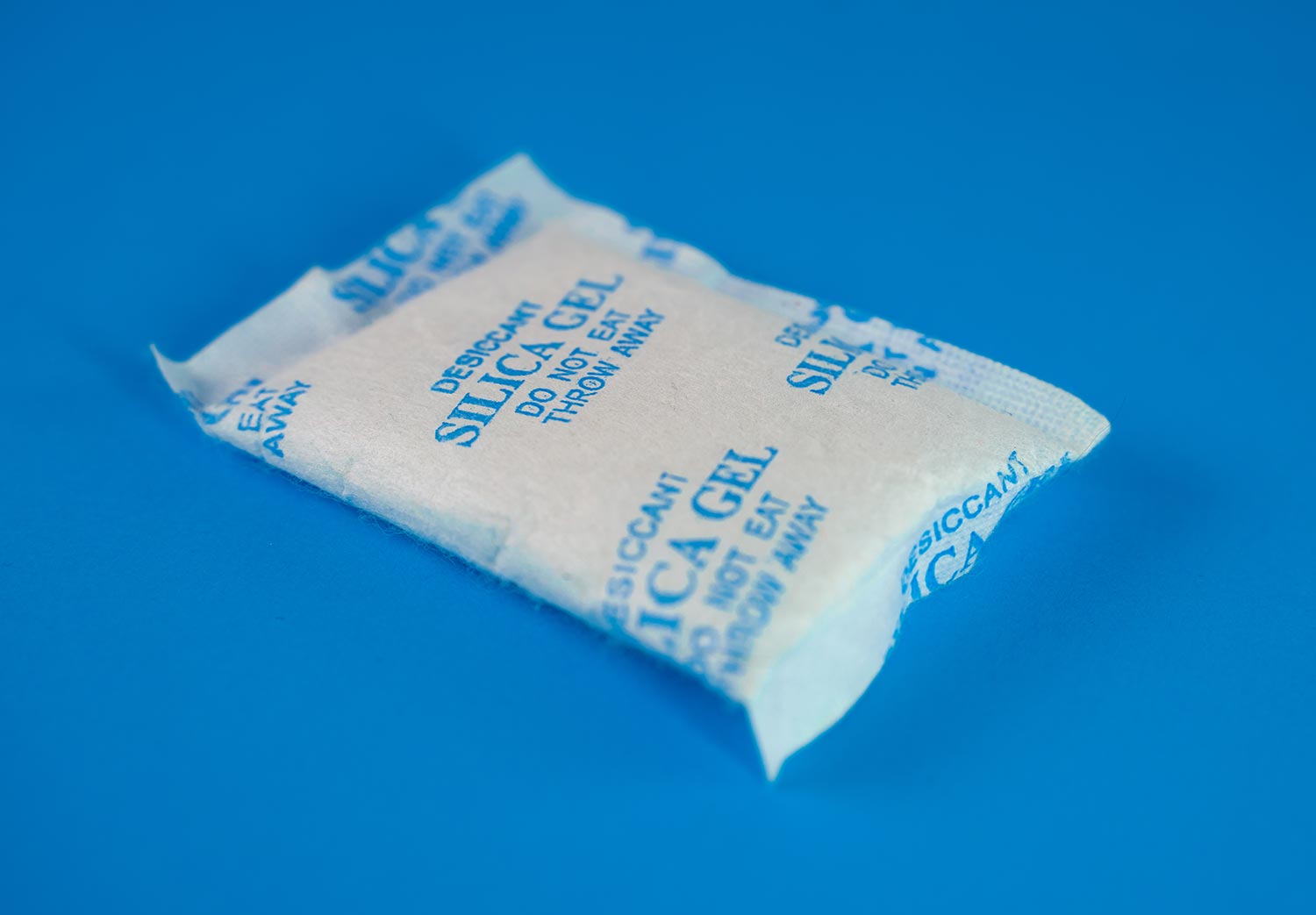
If you've ever bought a jacket or a new pair of shoes, you've had these packets in your possession. They are great for absorbing moisture from clothing. But they will attract moisture no matter where you place them.
This method requires you to remove the headlight from the vehicle. Carefully pop the bulb out so you have access to the interior.
Gently set the packets of silica inside. It will take a day for the moisture to get absorbed fully. Be careful to not scratch the inside of the lamp when doing so.
Allowing Time for it to Evaporate on its Own
If the ducts are clear, the moisture will soon enough evaporate on its own. Modern cars have headlights that are engineered to take care of condensation issues as they happen.
If it doesn't clear up in a few days, then you should opt for one of the above methods for safely removing it.
To view these Silica Gel packets on Amazon, click here.
Why Do Headlights Get Condensation in Them?
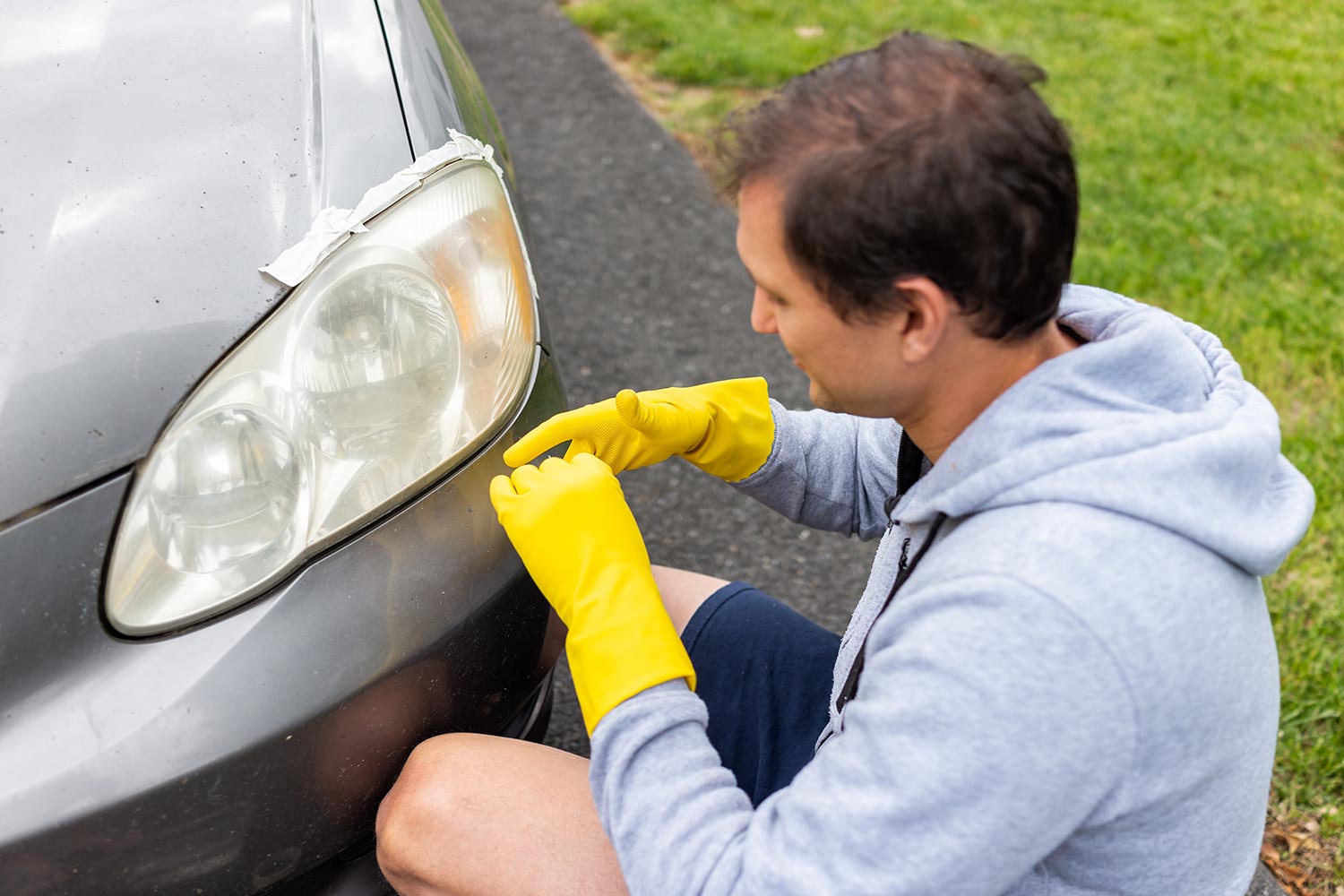
The vents inside the headlights that allow for the moisture to escape also let small droplets get inside. The material inside the headlights will absorb this moisture, creating the right environment for condensation to develop.
Whenever the headlights are on, they generate heat. This heat will make the absorbed moisture begin to turn into condensation.
The heat makes the headlight casing warmer on the inside than on the outside. This is why the condensation moves to the surface interior of the headlight.
Keep in mind that there is a big difference in condensation that accumulates and actual water droplets inside your headlight. The condensation is a normal event.
Over time, it will go away on its own. Giant drops of water or any pooling water indicate something that will require immediate action on your part.
Why is There Standing Water in My Headlights?
We stated earlier in this post that condensation will occur naturally, and should go away on its own. If you notice more moisture than just normal condensation, you have an issue that you need to immediately address.
Should you delay it, you will only allow the problem to get worse.
A Crack or Damaged Seal Will Allow Water to Come In
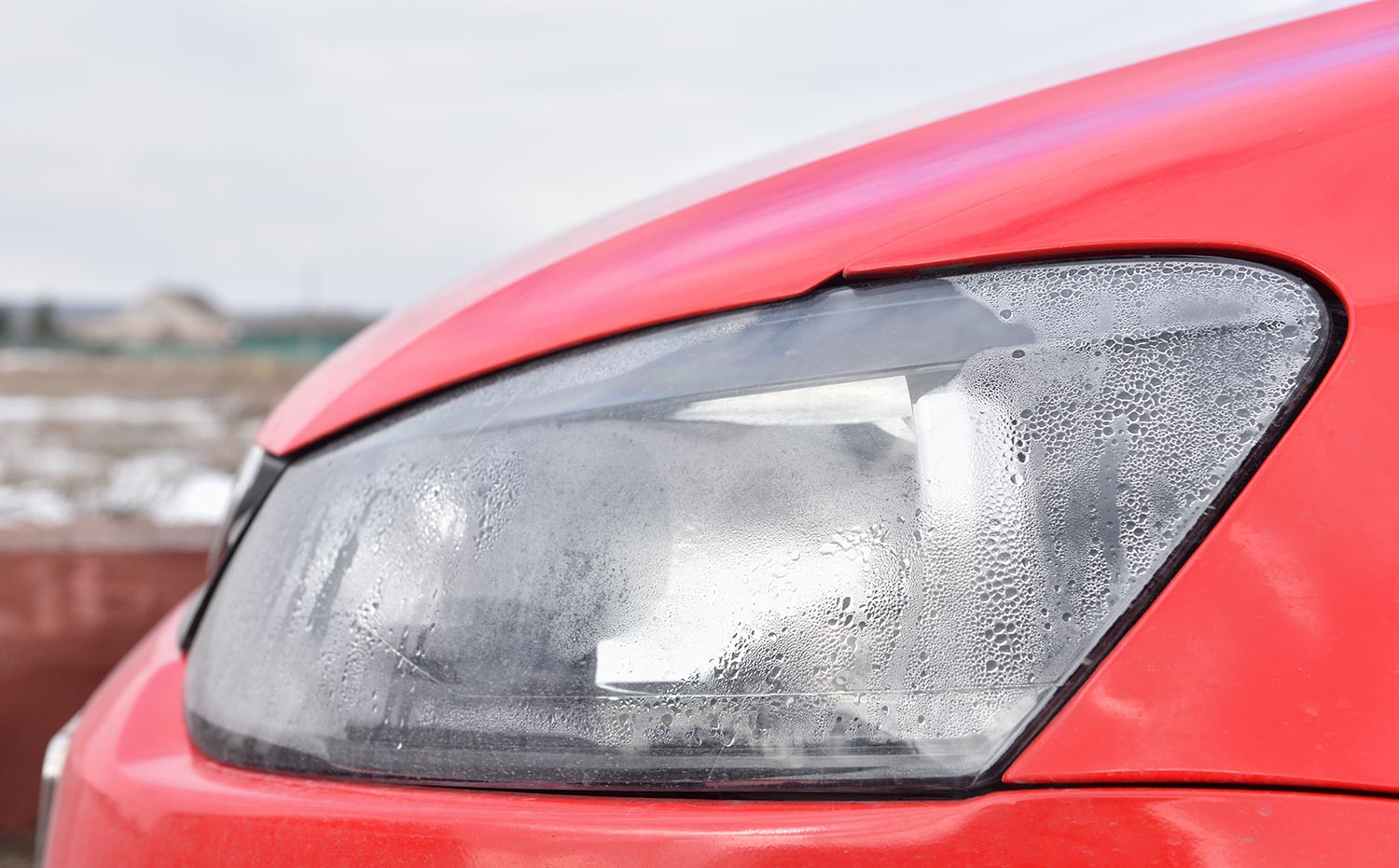
Large droplets of water or standing water are not signs of normal condensation. Rather, these indicate that you have a leak somewhere that is letting water come into your headlight casing.
These leaks can be from a damaged seal. They can also be from cracks in the light or the casing. Sometimes, you can fix these problems on your own, especially if it's a damaged seal. But severe cracks will most likely require that you replace the headlight.
Failure to Act Will Further Damage Your Headlight
The standing water will keep your headlight constantly fogged up. As the head from the headlight warms the casing, the water will condensate on the interior surface. This dims your view and reduces your nighttime visibility.
The water will also short out your electrical components. The bulb itself can suffer damage as well.
Fix these issues as soon as possible. If you cannot fix it, replace the headlight.
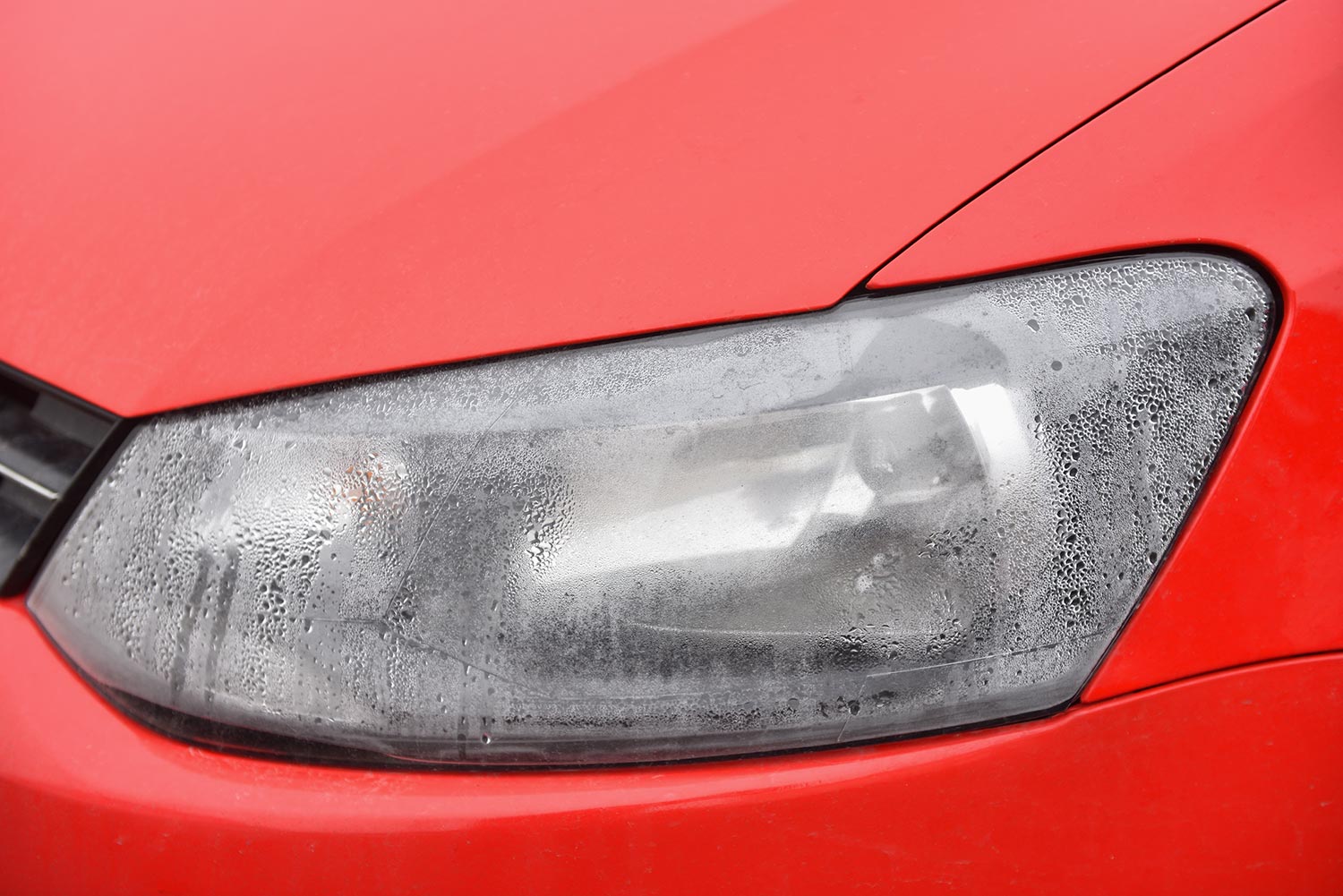
Will Drilling Holes Help?
You might have heard that drilling holes in the base of your headlight will aid the removal of condensation. While this method does work, automotive experts do not recommend it.
The venting on the sides of the headlights will allow the condensation to leave on its own. Drilling holes can speed up this process, but it will also increase the odds of the headlight becoming defective. It also serves as another point of entry for moisture.
If you think you need to drill holes to rid the headlight casing of water that has leaked in, you are better off figuring out why the water is leaking in, to begin with. You should replace the seal or repair cracks in the casing, rather than do more damage to it with your drill.
Final Thoughts
There are several easy ways to remove moisture or condensation from your headlights, though it will usually go away on its own after a few days. Standing water in your headlight is not from condensation and will mean that there is a crack, or a damaged seal.
Remember to always take care of this problem quickly, so you don't allow further damage to your headlight, and drive safe!
We hope this post on car headlights answered all of your questions. For more helpful information, we suggest reading the following automotive posts:
Headlights And Dash Lights Flicker While Driving—What’s Wrong?

